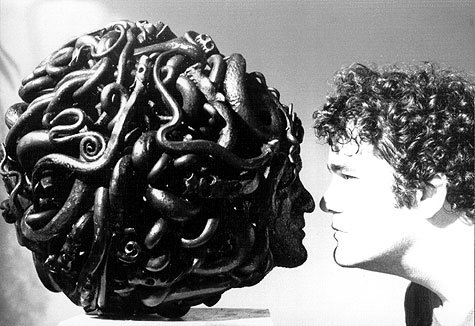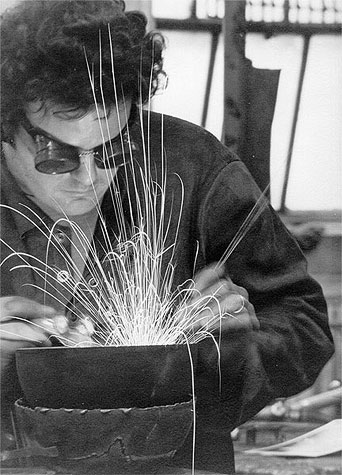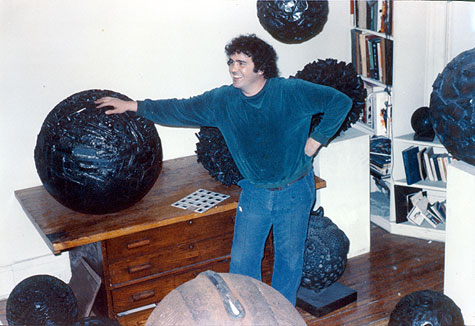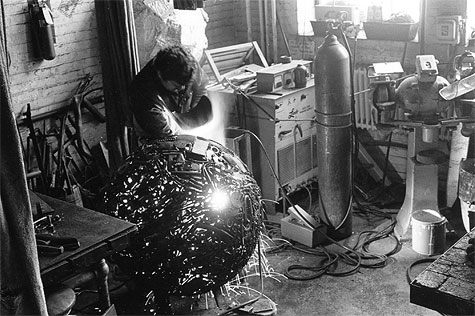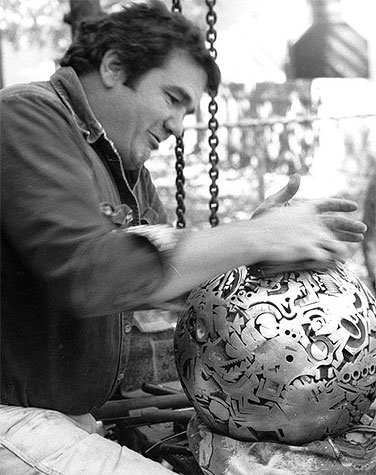There’s a piece of Brick Township in art around the world – from the headquarters of ExxonMobil, to the Kyoto Gallery in Japan, to the National Museum of Art in Warsaw, Poland.
The pieces in these places, and hundreds of others in America and beyond, were the work of sculptor Michael Malpass, who turned his small home off Princeton Avenue into a studio where art was revolutionized.
“He had a show at a gallery in New York and we sold some sculptures and made some money, so we bought a little cottage down here,” said his wife, Cathy Malpass, who still lives in the home they shared. “It was just so beautiful, and he just loved to fish, so we ended up living here.”
|
|
Malpass died in 1991 of a sudden heart attack at the age of 44, but his art has lived on in the years since. His love of art began as a nine year old in an upstate suburb of New York City, when his parents bought him a painting kit promoted by television art teacher John Gnagy. His earliest drawings were of pieces of fruit around the house, and in high school, he sold his first paintings after a bakery owner allowed him to show his pieces outside her store. Malpass’ love affair with art was rivaled only by the love he had for Cathy, who has spent years managing his collections and keeping his memory alive.
“We were high school sweethearts,” she said. “He was a football player, but he was also an artist – so come on!”
While attending college at the Pratt Institute in Brooklyn, Malpass found the craft that would make him famous. A professor there taught a sculpting class where the mentalities of the artist-and-football-player came together.
“He welded his first sculpture, and Michael was just fascinated by that,” Cathy Malpass said. “He immediately picked it up.”
Some time was spent as a professor at Pratt before Malpass decided to sculpt full time. He began specializing in spherical sculpting, which he called “the most perfect form.”
“It is efficient, for example, with the most volume for the least surface area,” he is quoted as saying.
It was during his full time career as a sculptor where the Brick connection would come into play. For starters, Cathy Malpass recalls, Michael would design his spherical masterpieces from the inside out using a buoy from Barnegat Bay that was cut in half.
“The neighbors would always come over and see what he was doing,” Cathy Malpass said. “They would bring him things all the time. “One man brought him this long chain, and he made a sphere out of the chain. He was an older man who lived down the street, and he was so happy that Michael made him this sculpture.”
Brick Public Works employees at the time would also drop off scrap metal at the house, and he would frequently be in touch with the Blewett family, whose junkyard off Herbertsville Road in Howell produced a wealth of materials.
By the mid-1980s, Malpass was producing sculpted art in his signature spherical form for clients around the world. He received commissions from corporations such as Exxon and General Electric, state governments who wanted his art in their buildings, the Federal Reserve Bank of Philadelphia, and the Betty Parsons Gallery in Manhattan. After a chance meeting with an employee at the Parsons museum, the world famous gallery owner took in his art in one day.
“It was probably one of the happiest days of his life,” Cathy Malpass recalled.
Soon after, when Parsons was featured on the cover of Art World magazine, one of Malpass’ pieces was featured next to her photo.
Sculpting was difficult work. Malpass’ largest pieces took more than 600 hours to create. In the interim, he made what he called “chicken men,” figurines to take a break from the huge spherical marvels that paid the bills.
“He would work on these labor-intensive projects, but he’d also make these chicken men – these whimsical figures – and he’d call me in, all excited, and tell me it was the best one he ever made, a ‘hum dinger,'” said Cathy Malpass.
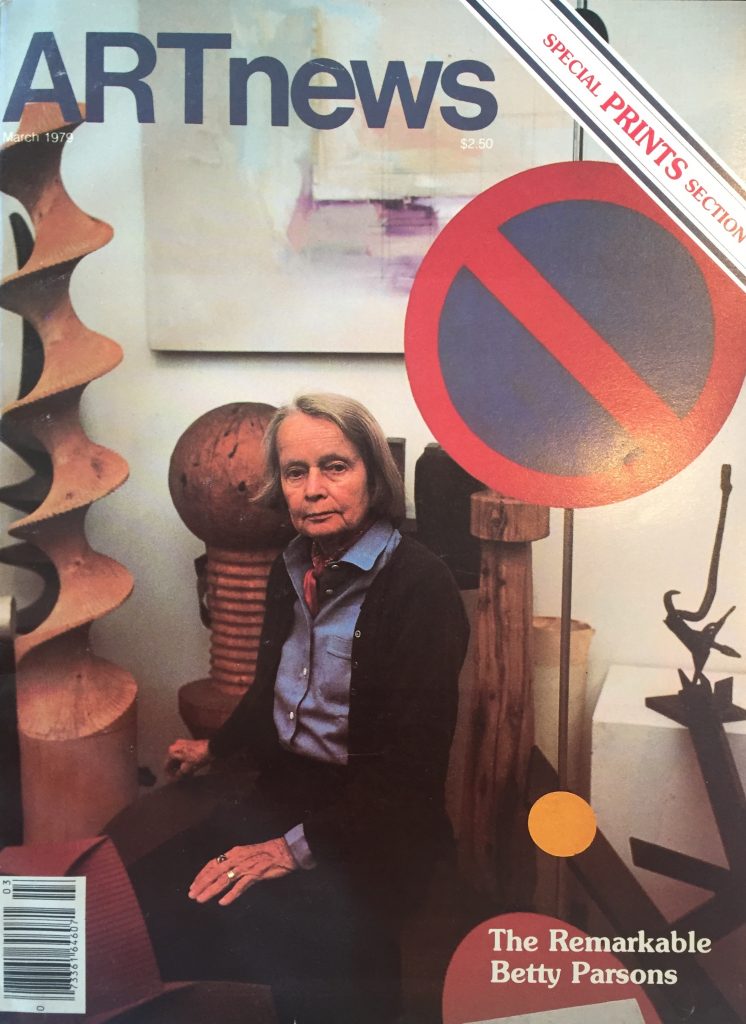
Malpass’ sculpture featured in the background on the cover of Art News magazine. (Photo: Cathy Malpass)
Malpass’ work had also caught the eye of John Heckinger, a wealthy entrepreneur and luminary political figure in the Washington, D.C. area, who commissioned sculptures for his home. He eventually commissioned a large sphere to be displayed outside an office building he was developing. But Malpass never completed the work, suffering the heart attack during a trip while he was working on the Heckinger piece.
“He was right there,” said Cathy Malpass. “He was so excited about making something really, really large that was going to go in front of Mr. Heckinger’s building.”
In the years since his passing, Cathy Malpass has tracked his art, at one time taking a trip up and down the eastern seaboard to see 19 of his works. Locally, his sculptures can be found at the Ocean County Library branch in Toms River and the Long Beach Island Foundation for the Arts and Sciences.
Malpass’ life and, of course, his art is also the subject of an ongoing exhibit at Monmouth University, which has proved so popular that Monmouth will keep the display up at the Pollak Theater on campus. Malpass was also the subject of a feature documentary produced by the university’s film students, which will be shown at least three more times: June 25 at 4 p.m. at Wilson Hall, and July 23 and Aug. 18 at the Pollak Theater. The theater is open to the public.
“After he died, I still promoted his art,” said Cathy Malpass. “There are 300 spheres all over the world. I can’t even begin to imagine how many pieces he actually made.”
[box type=”shadow” align=”” class=”” width=””]For More Information:
- Michael Malpass website.
- Michael Malpass Facebook page.
- Michael Malpass, Monmouth University information.

